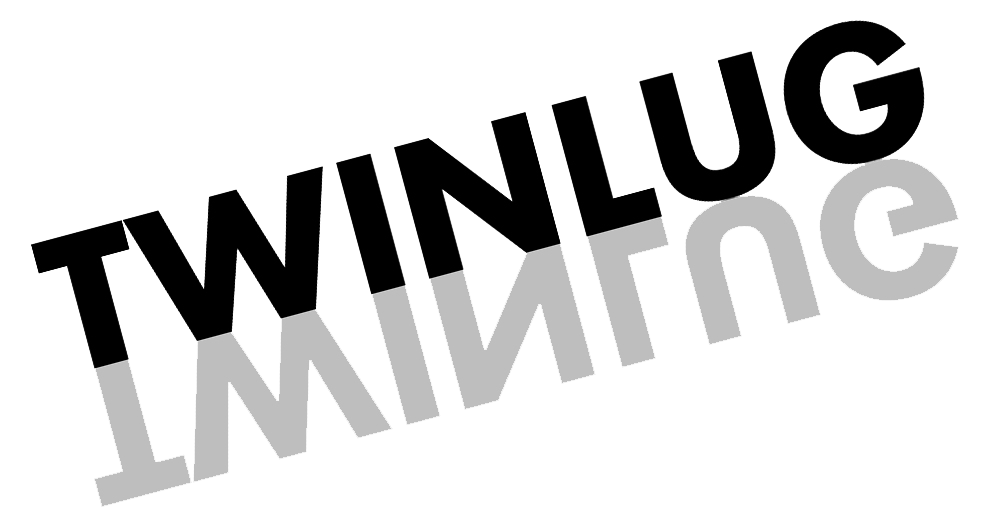Micropolis v1.1 — Bluff
New in the v1.1. spec are Bluff modules. The initial Bluff module concept was implemented by Garth prior to BrickWorld 2009 and several variations from various TwinLUG members were in the layout at the convention. Further refinement and discussion of the idea has brought us to the current proposal.
Bluff Modules
The Bluff modules are built by adding a stack of bricks and plates to one or two sides and one to three corners of a base module to create raised section where other Micropolis modules can be connected to form varied terrain in the layout. The stack consists of 1 plate, 10 bricks, and 2 plates over the top plate of the module base sandwich. The height of the module at the upper road section should be 12 bricks and 2 plates, or 38 plates. The minimum depth of the raised section of the module is 4 studs.
Some discussion has occurred around specifying a specific palette of colors that should be used for the vertical portions of the bluff modules in order to provide a more unified layout when many modules are combined. While it will be easier to integrate a Bluff module that uses a consistent set of colors it is also possible to overly restrict the creativity of contributing builders. At this time we recommend that Bright Green, Dark Green, Light Bluish Grey, Dark Bluish Grey, Old Stone, Old Grey, Dark Brown, Brown, and Reddish Brown are probably a good place to start for your modules but you should by no means consider yourself limited to those colors as long as they make some sense in the context of your module.
Bluff modules with entirely raised sides (Edge and Inner Corner) should have a technic brick at studs 8 and 9 horizontal and brick 10 vertical to allow connection with other modules.
In order to accommodate maximum flexibility while maintaining the consistent modular nature of existing Micropolis layouts, Bluff modules have three sub types: Edge, Inner Corner, and Outer Corner.
The Edge module is likely to be the most common Bluff module. The lower edge of the module maintains the standard road and sidewalk elements while the upper edge provides continuity for roads and sidewalks formed with modules on the upper level. Please note that the two crosswalk elements on a single Edge module will always be on opposite corners and may need to be moved when the module is added to a layout to match the surrounding modules. The Edge module can be connected to a Base module on the lower side or the upper side (using the mandated Techic brick on the back side) but must be connected to another Bluff module on either of the sides with mixed elevation. Download the Bluff Edge reference module in Lego Digital Designer format.
The Inner Corner module can be connected to Base modules on either of the upper sides but can only be connected to Edge or other Inner Corner modules on the sides with mixed elevation. Different types of Bluff corner modules can never by placed next to each other because doing so would cause inconsistency with the roads and sidewalks of other surrounding modules. Download the Bluff Inner Corner reference module in Lego Digital Designer format.
The Outer Corner module can be connected to Base modules on the lower sides but must be connected to Edge or other Outer Corner modules on the sides with mixed elevation. See the Outer Corner notes for more information. Download the Bluff Outer Corner reference module in Lego Digital Designer format.
Bluff Examples
The first example shows a fairly basic Inner Corner with two Edge modules combined with a Base module. This provides for a simple corner on the lower level with plenty of expansion opportunities leading back on the upper level. Using a single bluff level can be an efficient way to ensure that base modules are not hidden behind other modules providing a better viewing opportunity for the entire layout.
If you have a single module that you would like to raise above the rest of the layout a single Outer Corner and two Edge modules combine well to make a particular module stand out in a crowded layout.
Even if a corner is not present in the Bluff line it is important to make sure that the streets are offset as displayed in this example. Notice how the intersection on the upper level is in the middle of the block in the lower level. This ensures that when a corner is added to the layout at a later time the streets flow uniformly according to the spec.
Using a combination of Outer Corner and Edge modules it is very easy to assemble a butte of just about any size or shape. Good for layouts on tables that can be viewed from all sides.
The Bluff modules can be used to scale a layout vertically and horizontally in almost any combination and allows for many complex shapes and forms. As long as the half block offset for the streets between levels is observed you should be able to combine your modules into spectacular ways.










